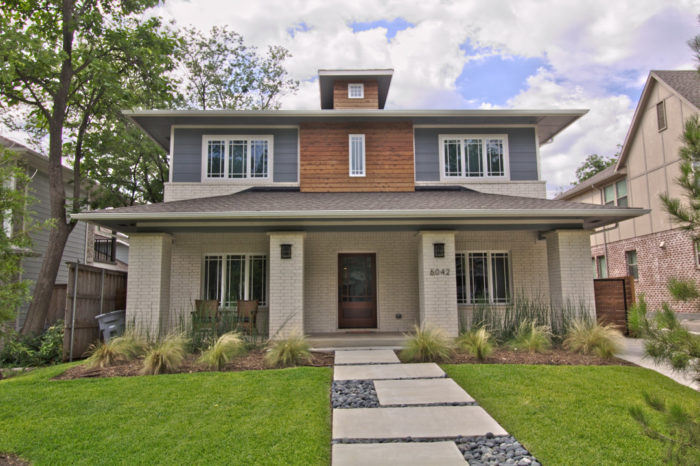
Image Credit: Armando Cobo
By ALISA PETERSEN
The number of net-zero energy (NZE) homes in the U.S. is growing at an exciting rate — it has grown by 33% from 2015 to 2016 — but this growth is nowhere near fast enough to make NZE homes mainstream. Today, they are a very niche offering, comprising roughly 0.01% of U.S. residential housing stock.
To increase market penetration of NZE homes, we need to learn how first movers can successfully break into this new market and understand what barriers still need to be addressed to make NZE homes mainstream. Rocky Mountain Institute (RMI) interviewed eight of the most successful NZE builders, responsible for 20% of the single-family NZE homes in the U.S., to understand what they know about NZE homes that the rest of the industry should learn. Here’s what we found out:
Insight 1: NZE homes can be economical today
Looking at a home in terms of total cost of ownership (mortgage, utilities, property taxes, etc.), an NZE home is more cost-effective than a standard-efficiency home today if designed correctly. For this to be true, builders need to take an integrated approach and look at the home holistically instead of taking an add-on approach.
For example, builders of a home that requires more insulation could offset some of that incremental cost by downsizing its heating and cooling system. Additionally, a roof optimized for solar would have simple planes, as opposed to the typical gingerbread-house profile, lowering the roof cost and reducing the incremental cost to build an NZE home.
Also, while most builders we spoke with didn’t build in California, they believed that California’s NZE code requirement, slated to take effect in 2020, will further drop the cost to build NZE homes since it will increase the market for NZE equipment, and manufacturers will need to offer cost-effective solutions there if they want to remain competitive.
Although builders consistently told us the cost to own an NZE home pans out over the life of the mortgage, RMI wants to push that idea further. We know that NZE homes cost less than most people realize, but our research will provide clarity on roughly how much a well-designed NZE home costs to build and how long homeowners need to remain in their NZE homes to break even on their investments.
RMI’s full report on NZE cost research will be released in July.
Insight 2: Customer acquisition and market barriers should be addressed
Many builders we spoke with shared a common customer-communication journey when they started offering NZE home construction. Initially, they tried to train home buyers to be building scientists, which was not a successful strategy. Now, they primarily talk about healthy and comfortable homes and more disposable income.
One builder even calculated all the energy savings from residing in an NZE home for a young family, and equated it to paying for their young child’s college education. The NZE builders we spoke with all seemed to have their customer pitch down, but it was a learning process (because they were first movers) that resulted in a lot of trial and error.
In addition to the customer acquisition barrier that most new NZE builders need to work through, there are market barriers to NZE homes that, if addressed, NZE builders believed could significantly increase adoption of NZE homes. Two of these market barriers are that energy costs aren’t currently factored into the mortgage underwriting process and that energy costs aren’t transparent to most home buyers.
If NZE homes could get more favorable lending terms because they have lower debt-to-income ratios than identical homes that are standard efficiency, it could help NZE builders significantly. Additionally, if energy costs were more visible, such as incorporating Home Energy Rating System (HERS) scores into the multiple listing service (MLS), it would make energy a bigger part of the conversation when people are choosing a home and increase the market differentiation of an NZE home. Many organizations, including RMI, are actively working to break down these market barriers.
Insight 3: Changes in labor open new opportunities
The shortage in building-trade labor is a growing problem that hit an all-time high in 2017, with 64% of builders saying they experienced a subcontractor labor shortage. These shortages are leading to 74% of builders raising home prices, 72% of builders having difficulty completing a project on time, and 35% of builders turning down some projects.
While this is a huge problem for the construction industry, it also creates a big opportunity for builders and subcontractors who take a different approach to home construction. Structural insulated panels (SIPs) and prefabricating building envelopes off-site are two ways to address this labor shortage because they require significantly less time on-site. These construction practices can also result in better-performing homes since these practices typically result in tighter and more insulated homes.
Many NZE builders struggled with subcontractors that were stuck in their old ways and would charge a significant premium if they tried to do something new on a home. The significant labor growth required in this field creates an opportunity to leapfrog old building practices and establish a new business-as-usual in the workforce. For subcontractors, learning these new high-performance building practices is an opportunity to differentiate themselves with forward-looking builders. Most NZE builders we spoke with worked with the same subcontractors on all their projects because they went through the learning curve together.
Insight 4: Building NZE homes is less risky
NZE builders felt that their differentiated offering helped them during market downturns and reduced their risk when a new energy code was adopted. Since the homes they build will always be more efficient than the energy code, they don’t need to scramble to learn the new code or worry about rising construction costs. And differentiation reduces risk, too.
“The greatest risk of all is to be just like any other builder. A highly differential, crisp product has been a real key to our survival through the recession,” said Gene Myers of Thrive Homes. Interestingly, these trends are consistent with those witnessed in the commercial NZE sector, as noted in RMI’s recently published guide detailing best practices for NZE commercial leases.
Alisa Petersen is a senior associate at the Rocky Mountain Institute’s Buildings team. ©2018 Rocky Mountain Institute. Published with permission. Originally posted on RMI Outlet.
Weekly Newsletter
Get building science and energy efficiency advice, plus special offers, in your inbox.




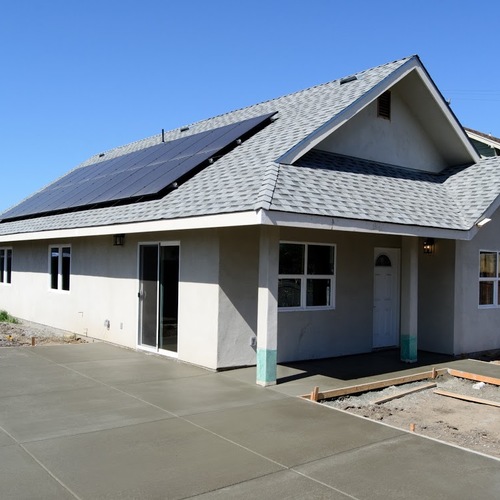
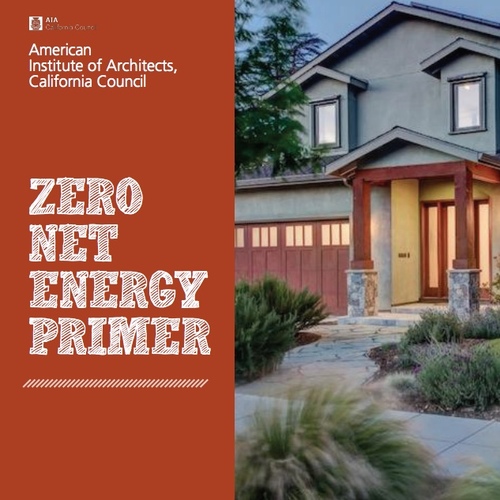
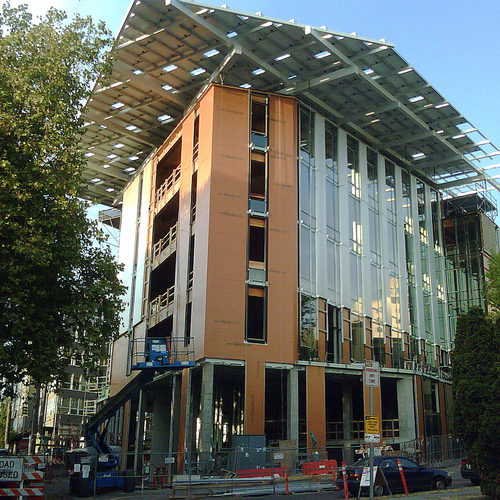
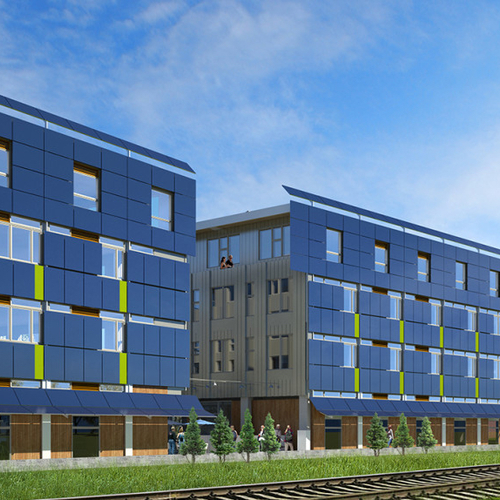






3 Comments
#5Retrofit as many existing homes as possible to achieve near NZ
We have over 100 million existing homes in this country. That should be the main focus if we want to reduce carbon. Also, we probably have ten times the square footage of homes that is commercial/industrial. Time to get busy!
#5 is not that easy nor affordable
Anyone who's been in this business for awhile knows that to retrofit existing houses to NZ is almost impossible and terribly expensive at best. One has to deal with structural issues first, then deal with gut rehabs, as must all existing housing has practically no air sealing, no moisture barriers, no insulation on walls or ceilings, no sheathings, substandard electrical and plumbing, lots of rotting and mold, etc. etc. There is a reason why many Builders around the country are working on tear-downs.
If you pay attention to all the home improvement TV shows, all the "remodelors or flippers" do is put lipstick on a pig, leaving the homeowners with all the bad stuff behind the walls, above the ceilings and bellow floors. IMO, home improvement TV shows are one of the biggest racket in business, and folks are too uneducated to know the difference.
The key word in my statement is "near"
Armando, As a builder and one who has taken my own 1977 spec home I bought in 1988 to "near" net zero, I understand some of what you say. I drive around town and see the remodels that miss the mark by not adding something as simple as foam when they re-side.
A crying shame.
I don't get cable TV but it seems that those shows could do a great service to show folks how to include a tight, well insulated envelope and other energy efficient features to create a home that is comfortable and will not cost more in energy in it's lifetime than the sticks and bricks.
Not sure what you mean by "not easy" or "not affordable". How much is climate change costing us and how easy will it be to solve the problems it brings?
Log in or create an account to post a comment.
Sign up Log in